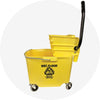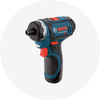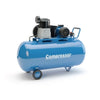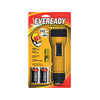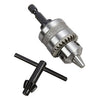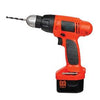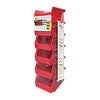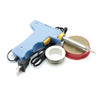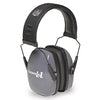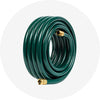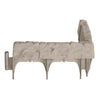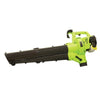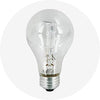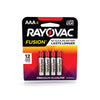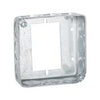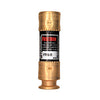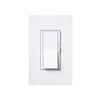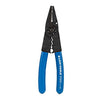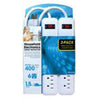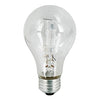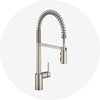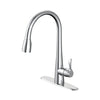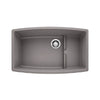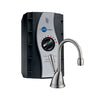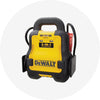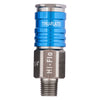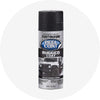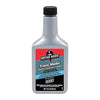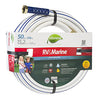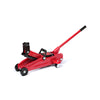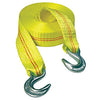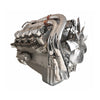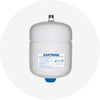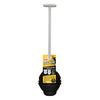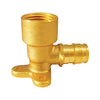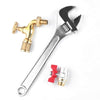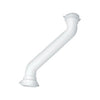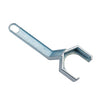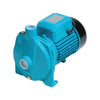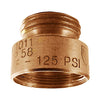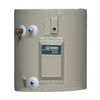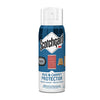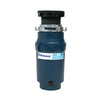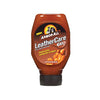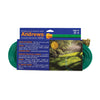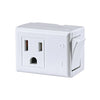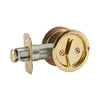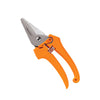The vital role of hard hats in workplace safety
∙ min read

The use of hard hats is an essential safety measure to protect the health and lives of workers; it provides a physical barrier between the worker's head and debris or objects that can fall and strike the head and cause severe or even fatal injuries. In addition, depending on the type of hard hat used, it can also help protect against other hazards, such as electricity, inflammation, and electric arcs.
Head protection is essential when performing various jobs, as the head is one of the most vulnerable parts of the human body and is especially prone to workplace injury due to falling objects, hazardous materials, and heavy machinery.
In addition, hard hat use is mandatory in many workplaces under OSHA and ANSI safety standards. Failure to comply with these regulations can result in fines and penalties for employers.
OSHA and ANSI
OSHA (Occupational Safety and Health Administration) and ANSI (American National Standards Institute) are two organizations that set workplace safety standards in the United States.
Although OSHA has not established specific criteria for hard hats, they must meet the American National Standards Institute (ANSI) standards for head protection in industrial applications (Z89.1-2014).
Some minimum requirements for head protection in the workplace are as follows.
- They must resist penetration and impact absorption from objects falling from above.
- They must have shock-absorbing suspension and provide an airspace of at least 1 inch (2.5 cm) between the hard hat and the head.
- They must be flame resistant, not electrically conductive, and easy to clean.
- They must have a label indicating compliance with OSHA requirements.
On the other hand, ANSI establishes more detailed requirements for protective hard hats. For example, the ANSI Z89.1 standard divides them into three classes.
- Class G (general): designed to withstand a maximum voltage of 2,200 volts.
- Class E (electrical): designed to withstand a maximum voltage of 20,000 volts.
- Class C (conductive) does not offer electrical protection.
In addition to these classes, ANSI identifies two types of head protection.
Type I—Type I hard hats are intended to reduce the force of impact resulting from a blow to the top of the head.
Type II—Type II hard hats are designed to reduce the force of impact resulting from a collision to both the top and sides of the head.
In summary, both OSHA and ANSI establish requirements for hard hats, and employers and workers must ensure that the hard hats they use to meet these requirements provide adequate protection in the workplace.

Max Warehouse gives you the protection you need
In conclusion, wearing a safety hard hat is crucial in any job that involves potential head injuries. Choosing the right hard hat for the job and ensuring it is adequately worn can prevent severe and life-threatening accidents. At Max Warehouse, we understand the importance of safety and offer a variety of hard hats and protective accessories to keep you and your workers safe. If you need a quote or volume pricing for your business or project, our team is ready to help. Don't compromise on safety; choose Max Warehouse for all your safety needs.
Resources:
- https://www.osha.gov/sites/default/files/publications/ppe-factsheet-spanish.pdf
- https://safesitehq.com/es/proteccion-de-la-cabeza/
- http://s7d9.scene7.com/is/content/minesafetyappliances/White%20Paper%20-%20Como%20escoger%20un%20casco%20de%20seguridad








